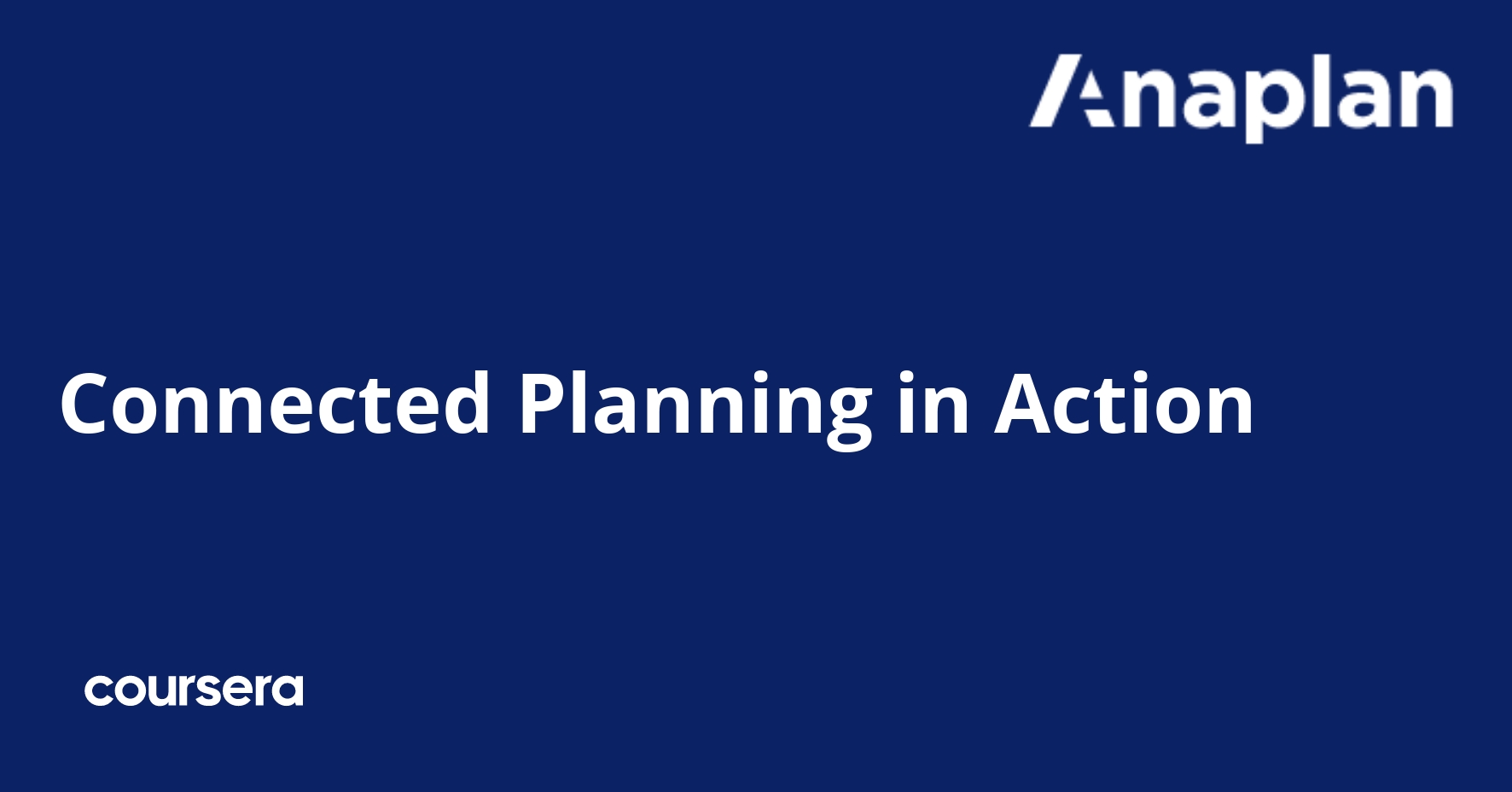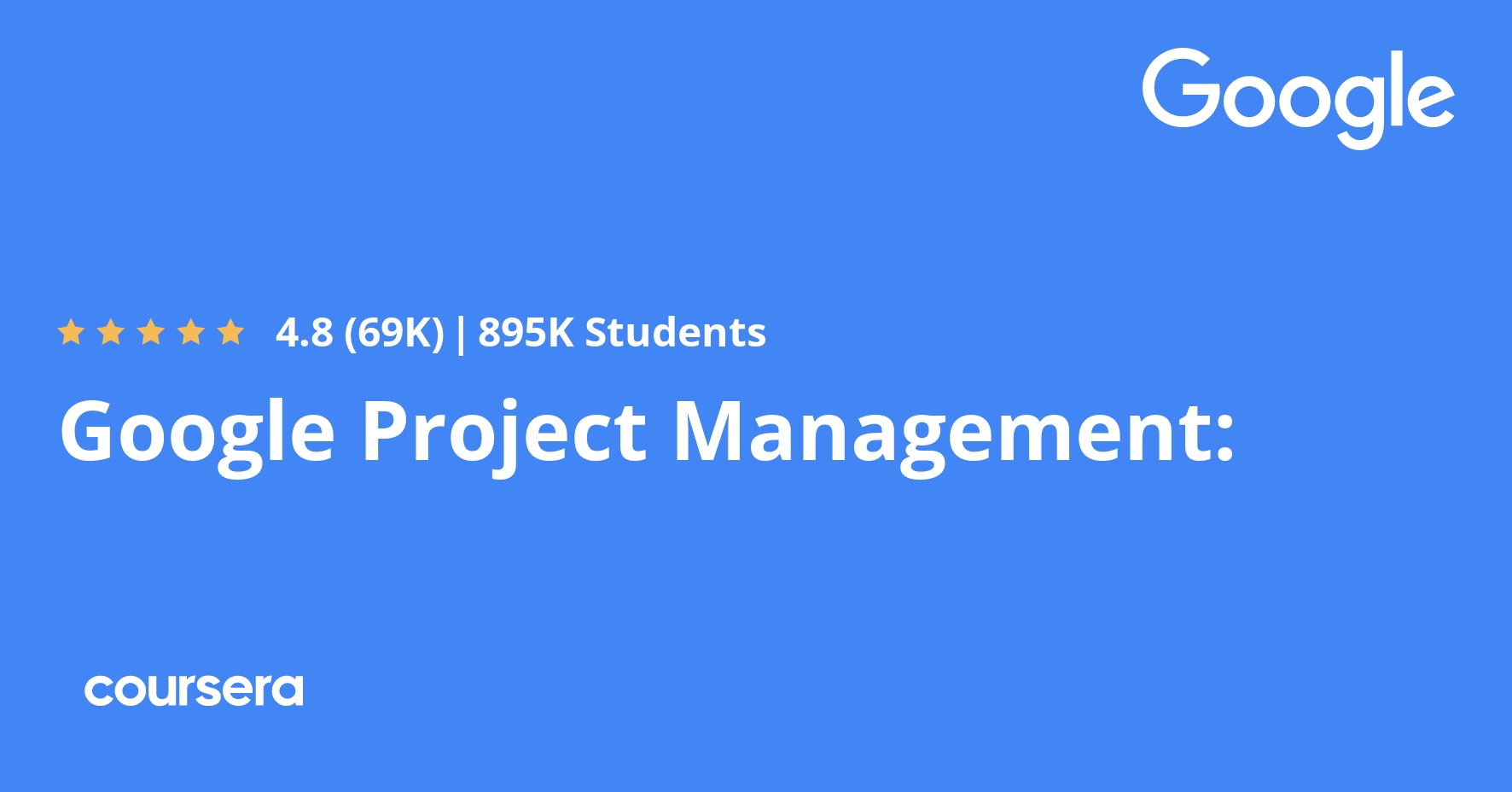Description
Effective planning isn’t just an annual top-down strategic planning and budgeting exercise. To adapt in the turbulent global economy, successful organizations plan in real-time, across the organization, at all times. By leveraging a Connected Planning approach and technology, organizations around the world are finding ways to not only survive, but thrive.
In this course, you’ll explore examples of how Connected Planning transforms the way organizations do business. Using real-life case studies from the Finance, Sales, Supply Chain, and Human Resources functions, you’ll see a wide range of Connected Planning examples and benefits. Most significantly, Connected Planning is cross-functional, which generates even greater impact for an organization.
By the end of this course, you’ll be able to:
• Explain how Connected Planning provides the link between strategic planning and operational execution
• Describe a range of ways that organizations apply Connected Planning within and across functions
• Articulate the benefits of Connected Planning
This course is presented by Anaplan, provider of a leading technology platform that is purpose-built for Connected Planning.
What you will learn
Introduction to Connected Planning in Action
Planning is not just an annual top-down strategy and budgeting exercise. To adapt in a fast-paced world, successful organizations realize that real-time planning activities must happen throughout the organization on an ongoing basis. By leveraging a Connected Planning approach and technology, organizations around the world are finding ways to not only survive, but thrive. In this short lesson, we’ll introduce you to the course and to some examples of how Connected Planning is changing the way companies do business.
A Framework for Connected Planning
In this module, we start with an exploration of how Connected Planning bridges the critical gap that organizations so often face between strategic planning and day-to-day execution of the business. We then cover some key Connected Planning terminology for the course and use it to present a framework for understanding how Connected Planning can be put into action across different functions and planning processes within an organization.
Connected Planning in the Finance Function
This week, you’ll explore ways in which Connected Planning is being implemented within the Finance function of an organization. After an overview of Finance’s current and emerging role, we’ll cover five key Connected Planning use cases for Finance. For each one, we’ll explain the use case, who is involved in executing its planning processes, the value Connected Planning offers, and one or more real-life case studies.
Connected Planning in the Sales Function
In this module, you’ll explores ways in which Connected Planning is being implemented within the Sales function of an organization. After an overview of the role of Sales, we’ll cover six key Connected Planning use cases for Sales. For each one, we’ll explain the use case, who is involved in executing its planning processes, the value Connected Planning offers, and one or more real-life case studies.






